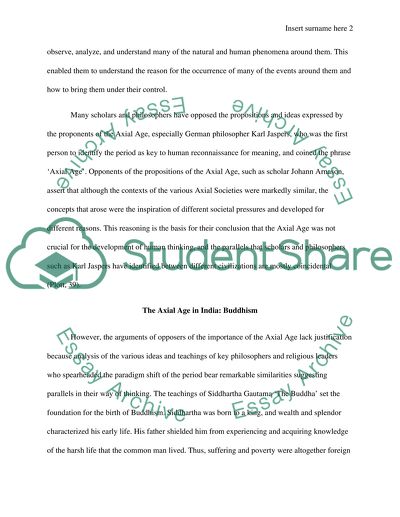Cite this document
(“Axial Age Essay Example | Topics and Well Written Essays - 1500 words”, n.d.)
Retrieved from https://studentshare.org/history/1461155-axial-age
Retrieved from https://studentshare.org/history/1461155-axial-age
(Axial Age Essay Example | Topics and Well Written Essays - 1500 Words)
https://studentshare.org/history/1461155-axial-age.
https://studentshare.org/history/1461155-axial-age.
“Axial Age Essay Example | Topics and Well Written Essays - 1500 Words”, n.d. https://studentshare.org/history/1461155-axial-age.


